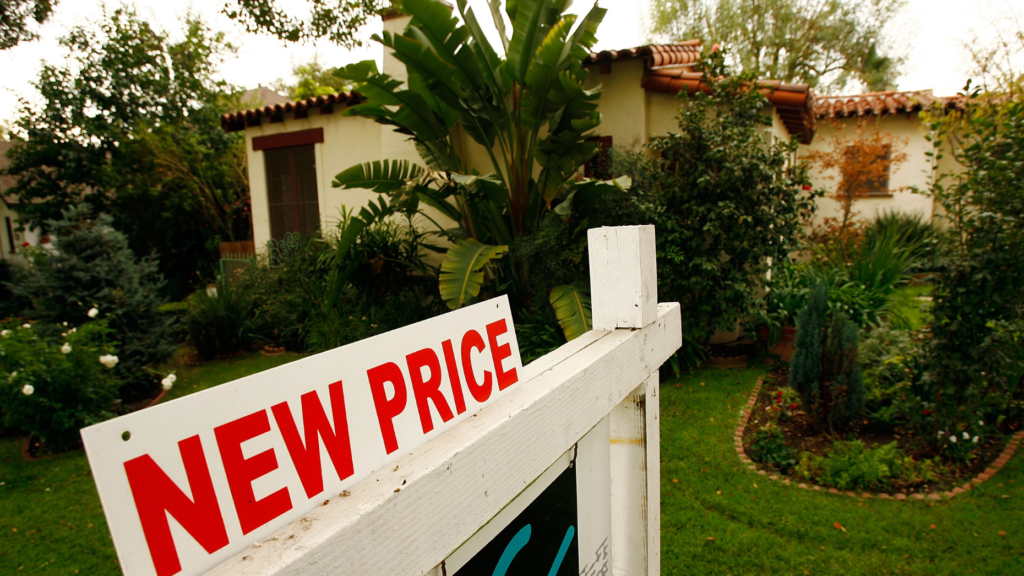
In recent weeks, the housing market has seen a significant shift as sellers adjust to falling demand and rising mortgage rates. According to multiple reports, the median asking price for homes declined for the first time in six months in May, with prices dropping an average of $3,000 or 0.71%. This trend was driven by a surge in price reductions from sellers trying to attract buyers.
The highest rate of home price cuts since November 2022 occurred during this period, with 6.4% of listings experiencing a reduction. The age of inventory also rose for the first time in eight months to a median of 46 days, indicating that new listing growth has slowed.
These trends are being observed across various markets, including California and Texas. In San Jose, median home prices saw double-digit annual increases in May for pending sales and new listings. However, Houston and West Palm Beach experienced the most significant drops in pending sales.
Despite these changes, competition remains fierce for well-maintained and well-priced listings. For instance, in the Bay Area, homes priced under $1 million are still receiving multiple offers from buyers looking for family-friendly homes or having a baby.
However, the surge in new listings coming to market is being met with resistance from buyers due to overpricing. The median price per square foot on new listings is at record highs, leading to a pricing imbalance and an increasing number of delistings and price drops.
The housing market's affordability issues are not limited to the US. In India, for example, Prime Minister Narendra Modi is expected to win a landslide election victory despite concerns over rising inflation and housing costs.
As the market continues to evolve, it remains crucial for buyers and sellers alike to stay informed about local trends and pricing dynamics.








